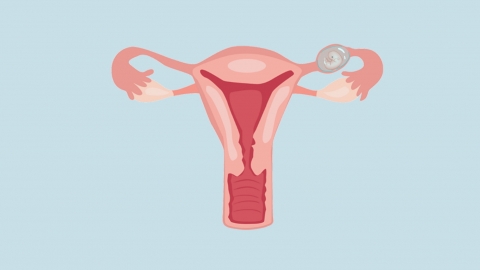Does hydrosalpinx affect embryonic development?
Generally, whether hydrosalpinx affects embryonic development depends on the specific circumstances. If the hydrosalpinx is mild and asymptomatic, it usually does not have a significant impact. However, if the hydrosalpinx is severe and accompanied by symptoms, it may affect embryonic development. If discomfort occurs, timely medical consultation is recommended. Detailed analysis is as follows:

Hydrosalpinx refers to fluid accumulation in the fallopian tubes caused by conditions such as tubal inflammation, leading to dilation and fluid buildup in the tubal cavity, with the appearance often resembling a sausage or a string of beads. If the hydrosalpinx is mild and the patient does not experience symptoms such as lower abdominal pain or menstrual irregularities, the fluid buildup may not affect the embryo. In such cases, patients can maintain good hygiene, change underwear frequently, and take other measures to prevent bacterial growth and further progression of inflammation.
However, if the hydrosalpinx is severe and accompanied by symptoms such as lower abdominal pain and menstrual irregularities, it may negatively affect the embryo. In such cases, increased pressure within the fallopian tubes caused by fluid accumulation may impair embryonic growth and development, potentially leading to embryonic arrest. Patients should follow medical advice to take medications such as amoxicillin capsules, cefradine capsules, or metronidazole tablets to reduce inflammation and decrease fluid accumulation. For patients with severe fluid buildup and significant symptoms, surgical intervention may be considered, such as laparoscopic surgery to drain the accumulated fluid from the body.
Patients are advised to undergo regular follow-up examinations at the hospital to monitor changes in the hydrosalpinx. Maintaining healthy lifestyle and dietary habits and enhancing immune function in daily life can help reduce the risk of disease development.






